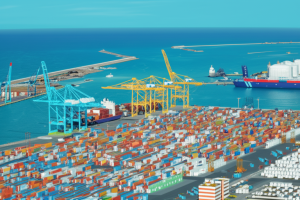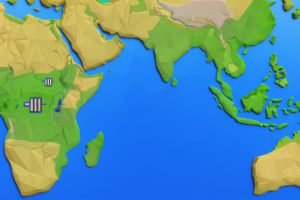Despite a recent thaw in US-Pakistan relations, marked by a high-profile meeting between President Donald Trump and Pakistan’s Army Chief Asim Munir, two significant challenges loom: the geopolitical complexities involving Iran and the deepening strategic alignment with China. This evolving dynamic presents a delicate balancing act for Islamabad, with potential implications for regional stability and global power play.
A Cautious Thaw in Bilateral Ties
The recent engagement between President Trump and General Munir signals a potential reset in US-Pakistan relations, which had been strained for years. This meeting, described as a “working lunch” at the White House, represents a rare direct interaction and a notable shift from past U.S. administrations that often prioritized India in their regional strategies. Analysts suggest this outreach could be driven by various strategic interests, including counterterrorism efforts and managing the fallout from Afghanistan. The U.S. has also reinstated military assistance suspended previously, indicating a renewed emphasis on Pakistan as a partner in regional stability. For Pakistan, this engagement offers an opportunity to rebalance its strategic options amidst its deepening partnership with China.
The Iran Conundrum: A Delicate Diplomatic Dance
One of the most immediate challenges for Pakistan in its renewed engagement with the U.S. is navigating the complex situation involving Iran. Amidst heightened tensions in the Middle East, specifically the Israel-Iran conflict, the U.S. may be exploring Pakistan’s potential role as a diplomatic conduit with Tehran. Pakistan, however, maintains a policy of balancing its relationships, and public opinion in Pakistan generally remains supportive of Iran. Furthermore, Pakistan has historically condemned actions against Iran, citing violations of international law and threats to regional stability.
The U.S. approach to Iran, particularly under a potential Trump administration, could involve more hawkish policies and increased sanctions, which would present difficulties for Pakistan’s commercial ties with Iran. This situation is further complicated by China’s growing influence in the Middle East and its close ties with Iran, creating a triangular dynamic where Pakistan’s alignment could have significant repercussions. Pakistan’s ability to mediate or influence the situation with Iran, while maintaining its own interests and relationships, will be a critical test of its diplomatic capabilities.
The China Factor: Balancing an “All-Weather Friend”
Pakistan’s “all-weather friendship” with China, characterized by deep economic and military ties, including the China-Pakistan Economic Corridor (CPEC), presents another significant challenge. While the U.S. seeks to counter China’s expanding footprint in South Asia, Pakistan finds itself balancing its strategic partnership with Beijing with its renewed engagement with Washington. This dynamic is further influenced by Pakistan’s economic needs, with U.S. backing being pivotal for securing international financial assistance.
The U.S. under a potential Trump administration may view Pakistan with caution due to its close ties with China, potentially intensifying competition and impacting development projects like CPEC. This strategic rivalry between the U.S. and China has historically compelled Pakistan to maintain a dual policy, carefully negotiating regional sensitivities to keep its options open. However, the current geopolitical landscape, marked by shifting alliances and increased global tensions, necessitates a more active and potentially precarious balancing act for Islamabad.
Strategic Realignments and Future Outlook
The recent developments suggest a potential strategic reset in U.S.-Pakistan relations, moving away from a singular focus on counterterrorism towards a broader engagement that acknowledges Pakistan’s regional importance. However, the path forward is fraught with challenges, particularly in managing the complex relationships with Iran and China. Pakistan’s ability to leverage its strategic position, maintain stable relations with both Washington and Beijing, and navigate the intricacies of Middle Eastern geopolitics will be crucial. The coming period will likely see Pakistan striving to maintain its autonomy and pursue a foreign policy that serves its national interests, even as it becomes a focal point in the broader U.S.-China strategic competition. The successful navigation of these challenges will determine Pakistan’s role and influence in a rapidly evolving regional and global order.






